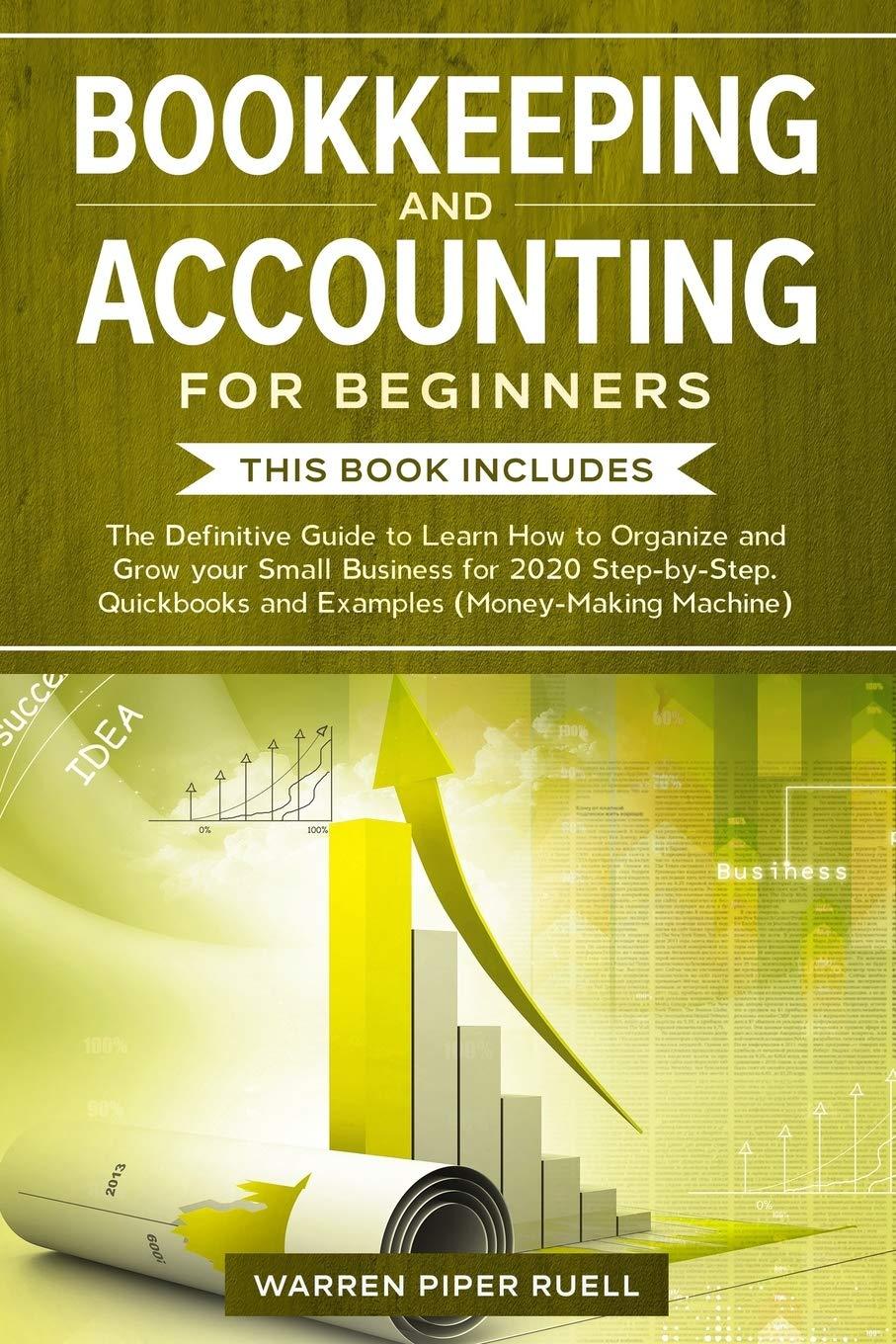Question
Rate is 10/hour. We have 5 employees. They work 40 hours a week (Monday-Friday). We pay every 14 days on Friday. Payday fall this Friday
- Rate is 10/hour. We have 5 employees. They work 40 hours a week (Monday-Friday). We pay every 14 days on Friday. Payday fall this Friday on 12/28; and 1/11. Book JE for 12/28; 12/31 and 1/11 ignoring payroll taxes.
2016 Info:
On January 1, we are authorized to issue 100,000 shares of our 1.00 common stock. We issued 50,000 shares for $80/share; and issued a $100,000 bond for either 1) $96,000 or 2) 104,000. The market rate was 9% and the stated rate was 10%. The bond is a 10 year bond that pays interest on 1/1 of each year.
Inventory includes the following: Beginning balance of $0. On January 3 we purchased $22,000 (1000 units at $22) worth of inventory. 1,000 units of inventory was purchased on June 1 for $23/unit; and finally a 1,000 units on December 1 for $24/unit. 2,000 units were sold for $300/unit on December 20th ($120,000 in cash was received and the remaining will be collected in 2017). The rate used for determining uncollectible has been set at 10% of gross credit sales. The company uses perpetual FIFO.
The amount of supplies purchased was $40,000. End of the year supply count showed that there was a $10,000 balance. All supplies were purchased with credit. the liability was paid by year-end.
Equipment1 was purchased at the beginning of the year for $50,000 cash. No salvage/residual value. Straight-line depreciation is used over a 10-year life. Equipment2 was also purchased at the beginning of the year for 550,000 (no salvage) 10 year life. We decided to use SL method. The equipment2 required a $5,000 repair by year-end. Equipment3 was purchased on 6/1 for 100,000 (20,000 salvage value). We decided to use SYD as a depreciation method. At 12/31 it required a capital improvements of $40,000 which we signed a note to pay in 9 months.
Building was purchased on 4/1 for $900,000 cash. Salvage/residual value of $100,000 exists. Straight-line is used over a 20-year life.
We needed funds, so we signed a note on 7/1 for $100,000. We agreed to pay back the note at the end of the next year. Interest rate is10%, payable 12/31. The note is short-term.
On 10/1 we started to create a patent. Costs of salaries related to the creation of the patent were $50,000 ($5,000 of this remained unpaid by year-end). This patent has an expected life of 10 years. We purchased a second patent for $80,000 with an expected live of 8 years.
On 6/30 we issued another 25,000 shares of our stock for $70/share.
On 10/1 we sold equipment1 (that was purchased at the beginning of the year). At the time of the sale, the asset was on the books at a historical cost of $50,000. We sold it for $40,000 (we received cash).
On 11/1 we purchased $100,000 of equity of another company. It paid us $2,000 in dividends by year-end.
Dividends paid during the year were $79,500. The equity of the other company was worth $60,000 at year-end 2016. The tax rate is 21%
- Prepare journal entries including closing entries.
ok
Step by Step Solution
There are 3 Steps involved in it
Step: 1

Get Instant Access to Expert-Tailored Solutions
See step-by-step solutions with expert insights and AI powered tools for academic success
Step: 2

Step: 3

Ace Your Homework with AI
Get the answers you need in no time with our AI-driven, step-by-step assistance
Get Started


